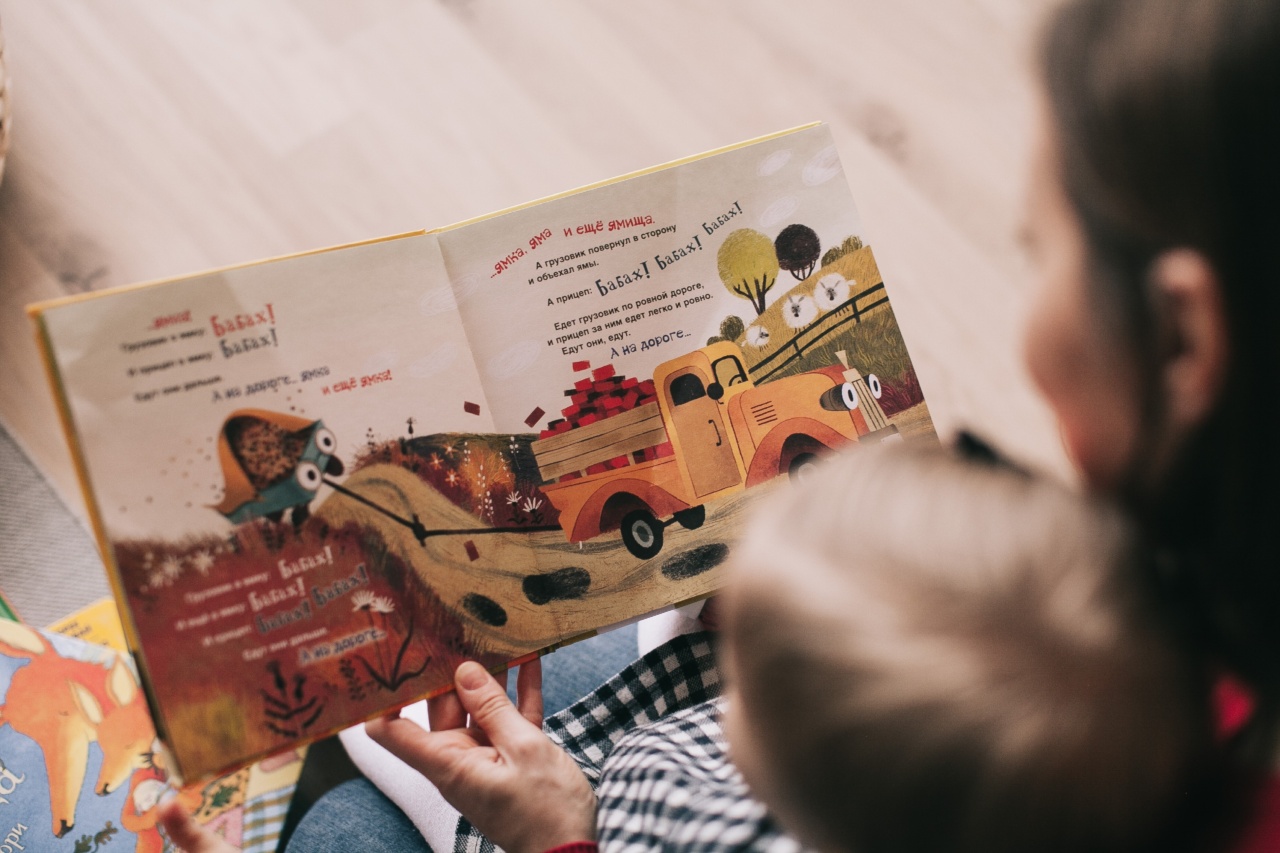As parents, we are always looking for ways to engage our children’s imagination, inspire their creativity and boost their self-confidence. One of the most powerful tools at our disposal is storytelling.
Stories are a wonderful way to teach life lessons, share cultural heritage, and ignite a love for learning in our children.
Stories Teach Life Lessons
Storytelling has been used for centuries to teach important life lessons. Stories often have a moral or message that can easily be understood by children.
When we tell our children stories, we are giving them an opportunity to learn important values and principles in a fun and engaging way.
Stories Share Cultural Heritage
Stories have always been an important way to pass down cultural traditions and heritage from generation to generation.
When we share stories with our children, we are helping them connect with their cultural identity, understand their history, and appreciate their roots.
Stories Ignite a Love for Learning
When children are engaged and inspired by stories, they are more likely to develop a love for learning. They become active listeners, ask questions, and use their imaginations to visualize the story’s setting and characters.
This kind of engagement builds a foundation for a lifelong love of reading and learning, setting children up for success in school and in life.
How to Tell a Great Story
If you’re new to storytelling, or just looking for some tips to improve your skills, here are a few things to keep in mind:.
Know Your Audience
It’s important to take your audience’s age and interests into account when choosing a story to tell.
Younger children may enjoy stories with simple plots and colorful illustrations, while older children may prefer more complex tales with relatable characters and deeper themes.
Use Your Voice
Your voice is one of the most important storytelling tools you have. Use different tones and inflections to bring the story alive, and vary your pace to build drama and suspense.
Create a Visual Picture
Encourage your child to use their imagination and create a visual picture of the story in their mind. Paint a vivid picture with your words, describing the setting, the characters, and the action in a way that brings the story to life.
Make It Interactive
Encourage your child to participate in the story by asking questions and letting them predict what may happen next. This helps to keep them engaged and invested in the tale.
Practice
The more you practice storytelling, the more confident and comfortable you will become. Don’t be afraid to try new stories, experiment with different voices and styles, and have fun with the process.
Conclusion
Storytelling is a powerful way to encourage creativity, build empathy, and teach life skills to children.
By introducing our children to the world of stories, we help them develop a lifelong love of reading and learning that will serve them well throughout their lives.






























